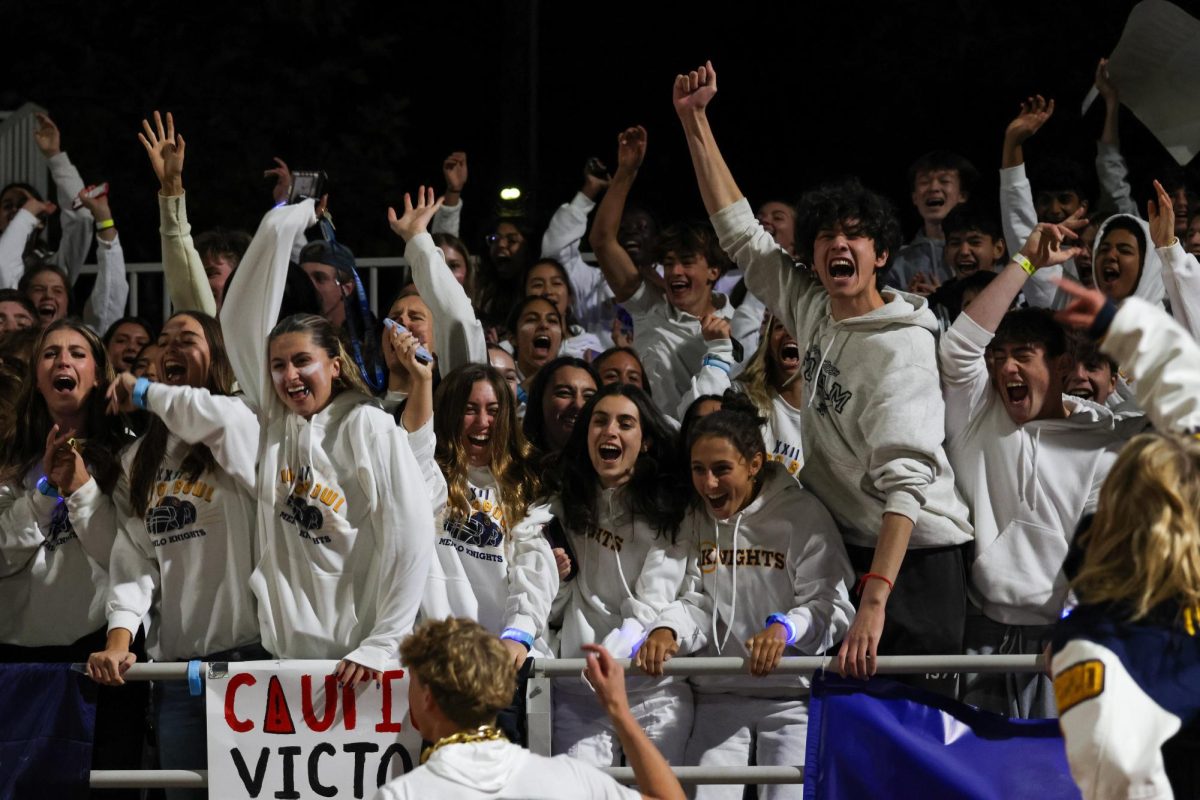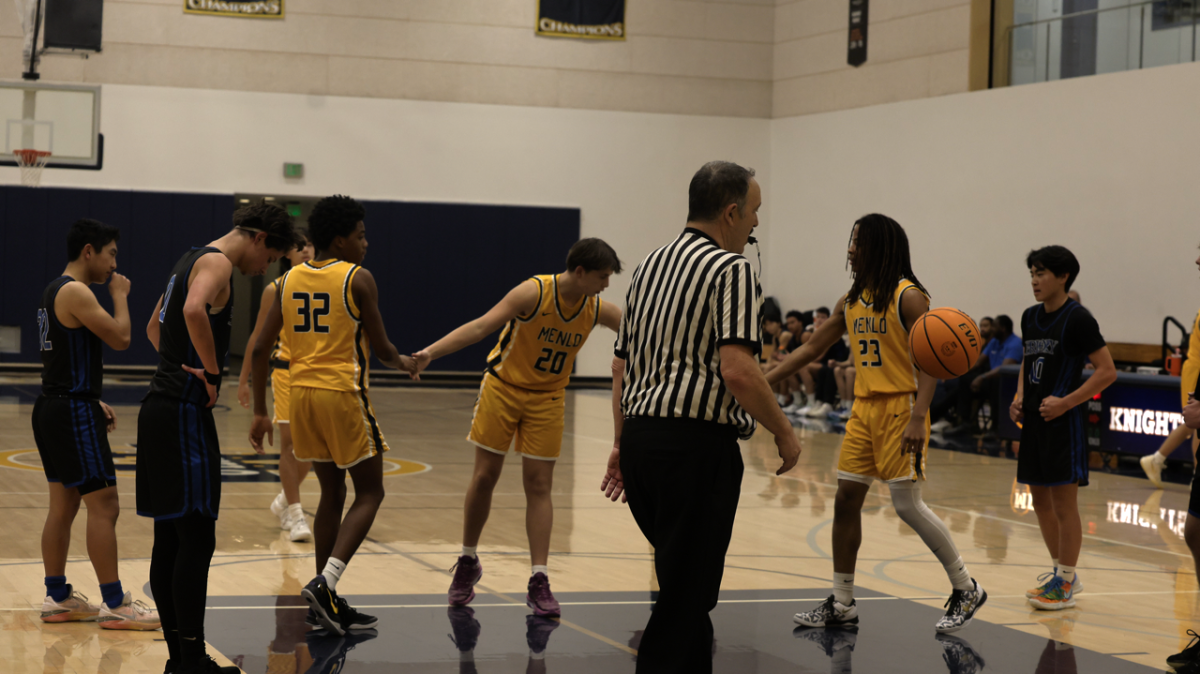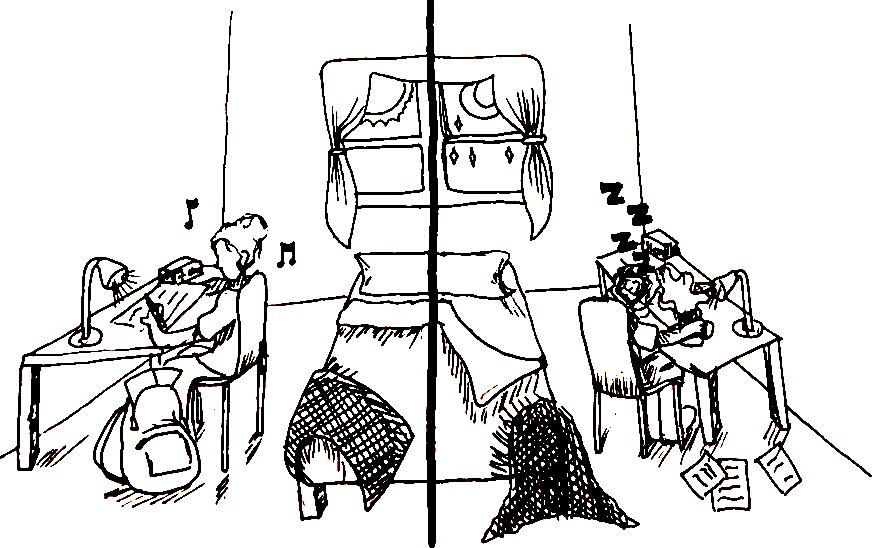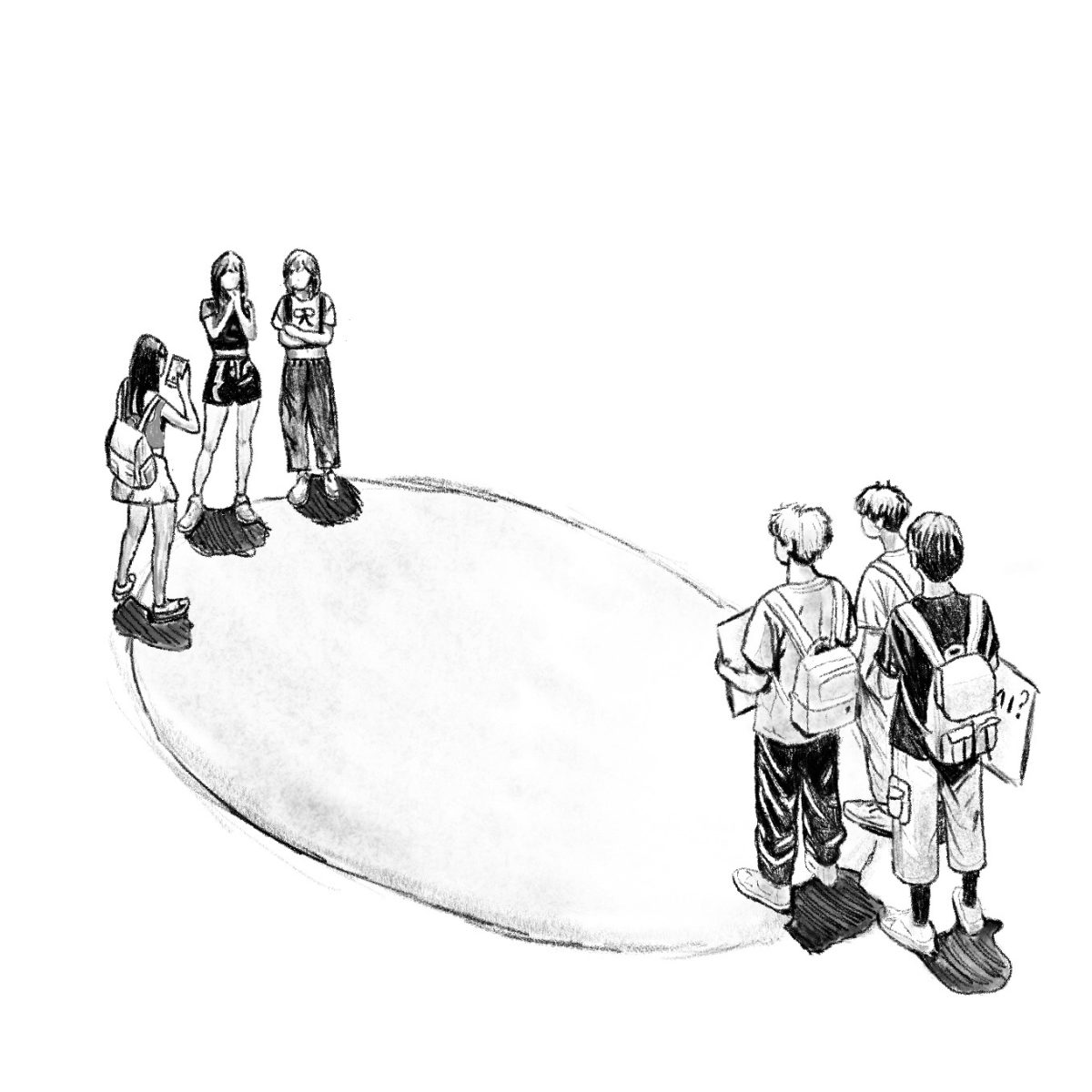As a new student at Menlo this year, I was immediately struck by how different spirit assemblies are compared to my old school. The enthusiasm I saw in students on the first few days of classes made me feel really excited and welcomed by the entire community.
I saw this energy even more with the introduction of the house system at Menlo, students’ crazy Spirit Week outfits and how we all showed up at the Homecoming game. Student leaders who are a part of our student council or Sea of Gold also inspire our student body to be enthusiastic about school events.
So overall, our students do a great job of showing up to school with spirit. However, we can further that by showing up for our peers at the sports games or arts performances. Having many students show up, though, can be difficult because of the smaller size of our student body and time constraints. So how can we be just as spirited and supportive as other schools, especially when we are much smaller than them? Menlo’s size and rigor don’t mean that we can’t be just as spirited and encouraging as other schools — it just takes a more intentional approach.
One idea to boost school spirit is to make attending events more accessible or appealing to students. What makes the Homecoming game so fun and the game with the largest turnout is the pep rally beforehand, class floats and dances, the plethora of food for students and grade-wide matching t-shirts. The enthusiasm from these traditions can quickly spread to others, fostering a sense of pride and community. I think that other sports games and events could have implemented details just as fun. For example, more sports could have creative themes for their games that would inspire students’ costumes, as well as have themed food and decorations. Although having these at more games would take more organization and budgeting from parent groups or Student Council, it would be worth it to encourage more student involvement.
Another possibility to inspire people to attend games or performances more frequently is offering certain credits for attendance. For example, attending a certain amount of games could work towards your credits to the minimum students need for athletics. If students can earn athletic credits by doing team stats, why shouldn’t game viewing count? Attending a performance or a sporting game could also gain points for your house as a reward, which would encourage many people to be present at those events.
These ‘rewards’ for attending Menlo events would perhaps act as incentives to go, but I firmly believe that students will stay at the events for the experience. There’s something special about cheering as loud as you can for your school team or a musical’s cast as they bow, and as a performer myself, I know firsthand how important it is to have a supportive audience. Having people in the seats or in the stands helps us to perform even better because that encouragement and upliftment are palpable.
This boost is not unique to any type of performer — whether you are an athlete on a field, a musician on stage or an actor onstage, the presence of an engaged, enthusiastic crowd makes all the difference. For athletes, the energy from fans pushes them to give their best efforts. Musicians feed off of the energy from an audience and use it to enhance their performances. This collective energy from a crowd can elevate a performance or a match beyond what an individual person could accomplish alone.
Ultimately, the key is making the most of the tight-knit community we already have here at Menlo. While it might be more challenging than at larger schools, our smaller size actually gives us the chance to build a more personal and connected form of spirit.










